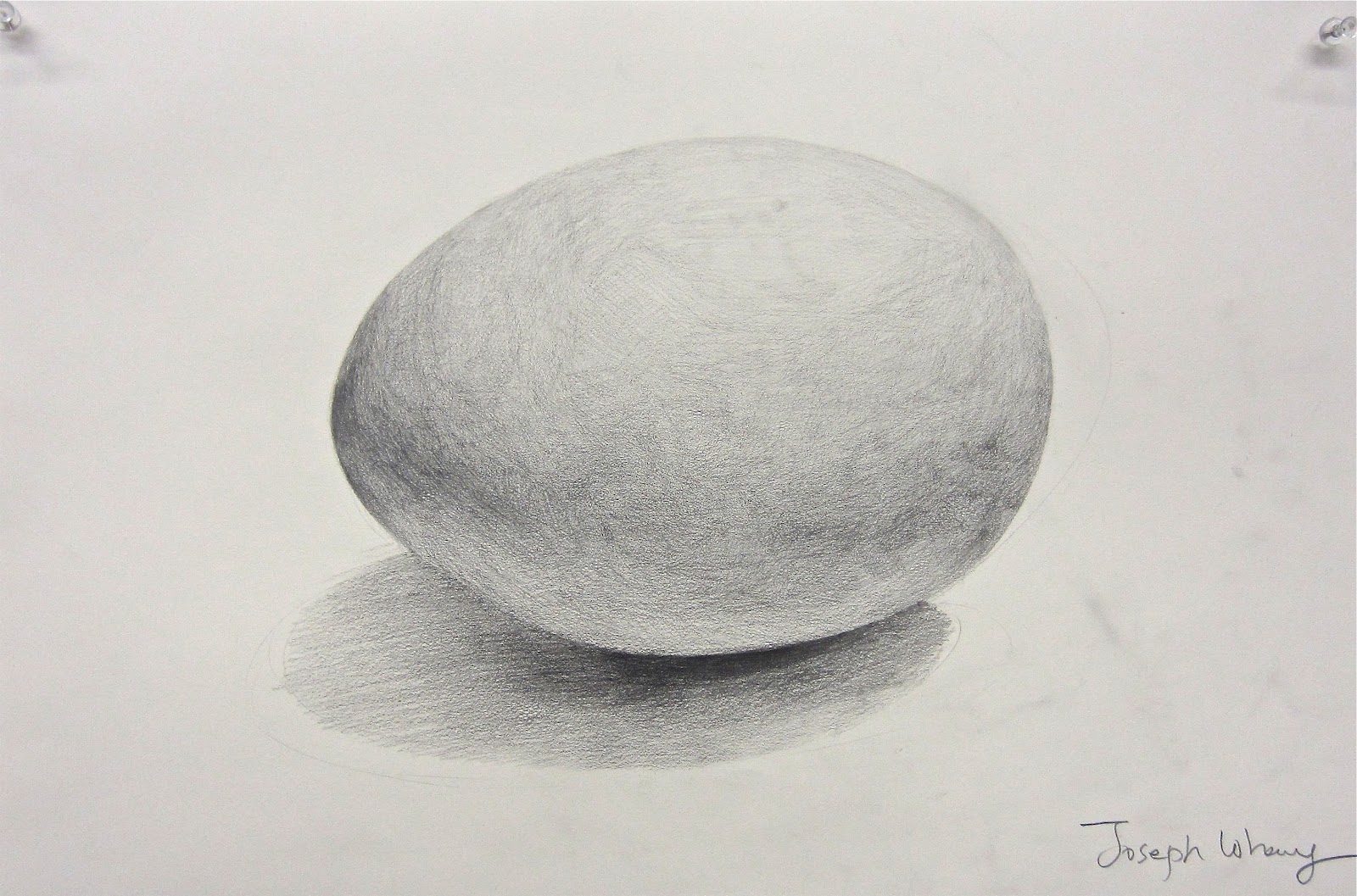Value drawing is a fundamental aspect of art that involves understanding and portraying the range of lightness and darkness within an artwork. Values are essential in creating depth, form, and contrast in a drawing. By mastering value drawing, artists can bring their compositions to life and evoke emotions in the viewer.
Whether you are a beginner or an experienced artist, practicing value drawing can greatly enhance your skills and help you develop a better understanding of light and shadow. By focusing on values, you can create more realistic and compelling artworks that engage the viewer’s eyes and emotions.
Value Drawing
When it comes to value drawing, it is important to pay attention to the contrast between light and dark areas in your composition. By using various shading techniques, such as hatching, cross-hatching, and blending, you can create a sense of volume and three-dimensionality in your drawings. Experimenting with different values can also add drama and interest to your artwork.
One way to practice value drawing is by studying still life objects or photographs with a strong light source. Observe how the light falls on the objects and creates different shades of light and dark. Try to replicate these values in your drawing, paying attention to the subtle transitions between light and shadow.
Another effective way to improve your value drawing skills is by working on tonal studies. Choose a simple subject and focus on capturing its tonal values accurately. Start by blocking in the darkest areas and gradually build up the mid-tones and highlights. This exercise can help you develop a better understanding of values and how they contribute to the overall composition.
Remember that value drawing is not just about creating realistic representations of objects; it is also about using values to convey mood, atmosphere, and emotion in your artwork. Experiment with different lighting scenarios and explore how values can influence the overall feel of your drawings. By mastering value drawing, you can take your art to the next level and create impactful and visually compelling pieces.
In conclusion, value drawing is an essential skill for artists looking to improve their drawing abilities and create more dynamic and expressive artworks. By understanding and practicing values, you can enhance the depth and realism of your compositions and evoke powerful emotions in your viewers. So, grab your pencils and start exploring the world of value drawing today!
